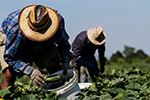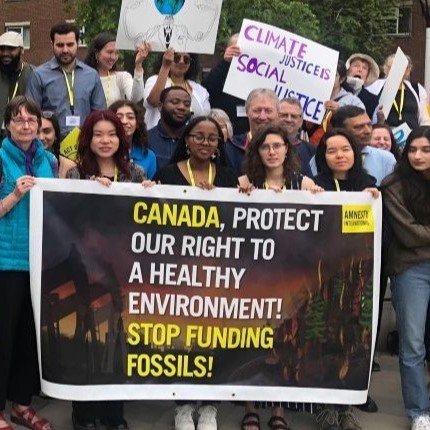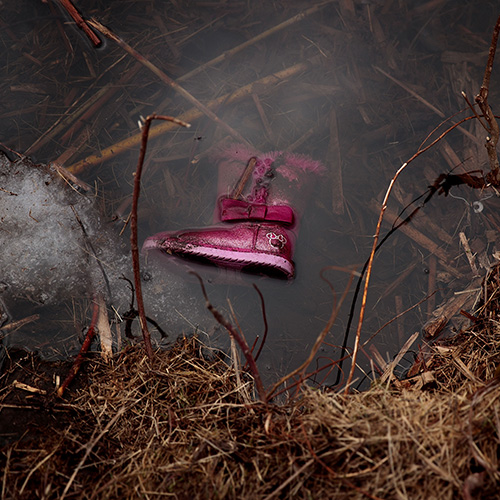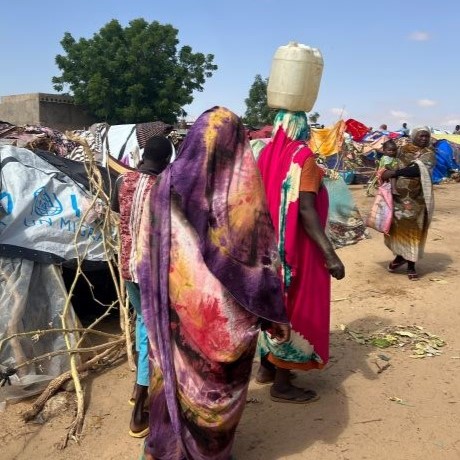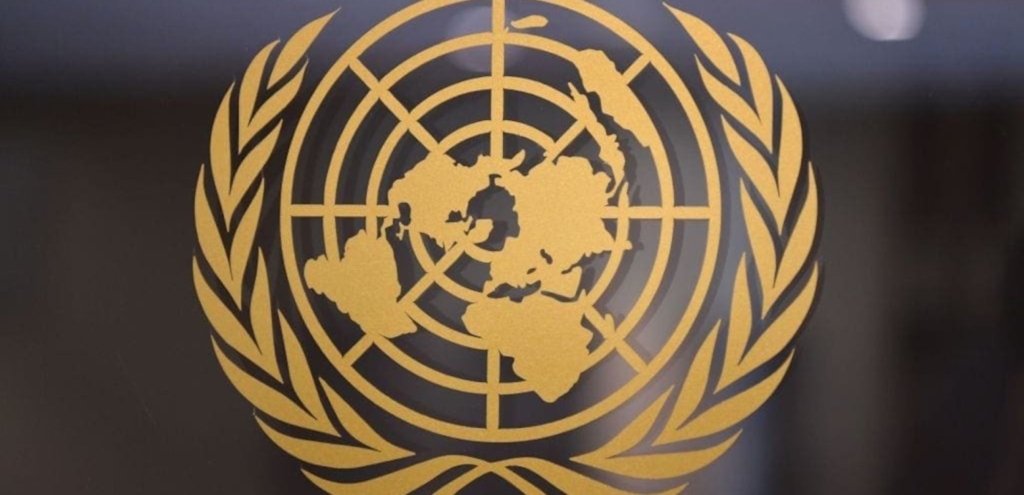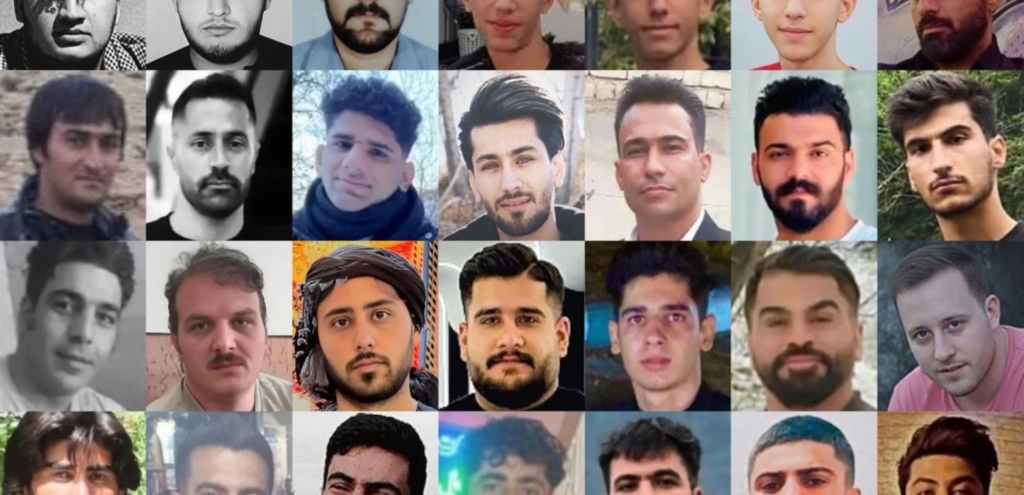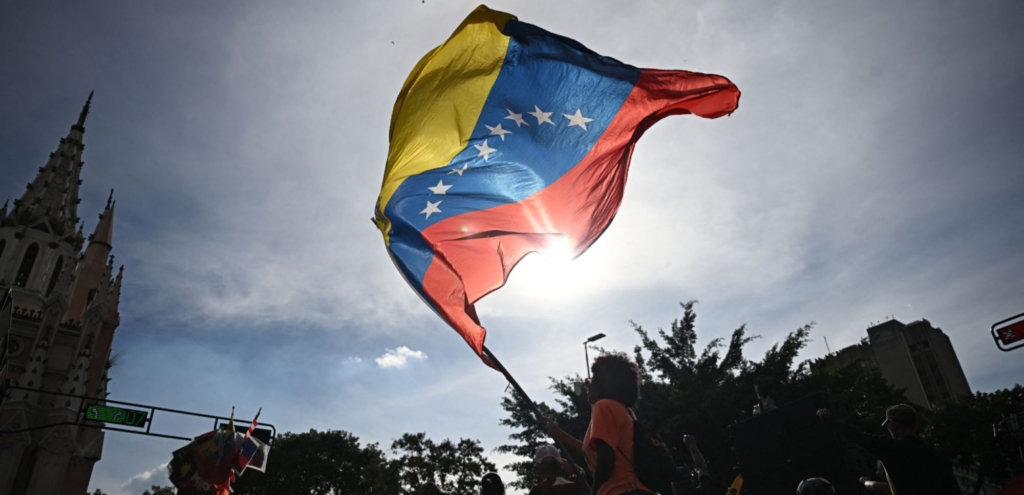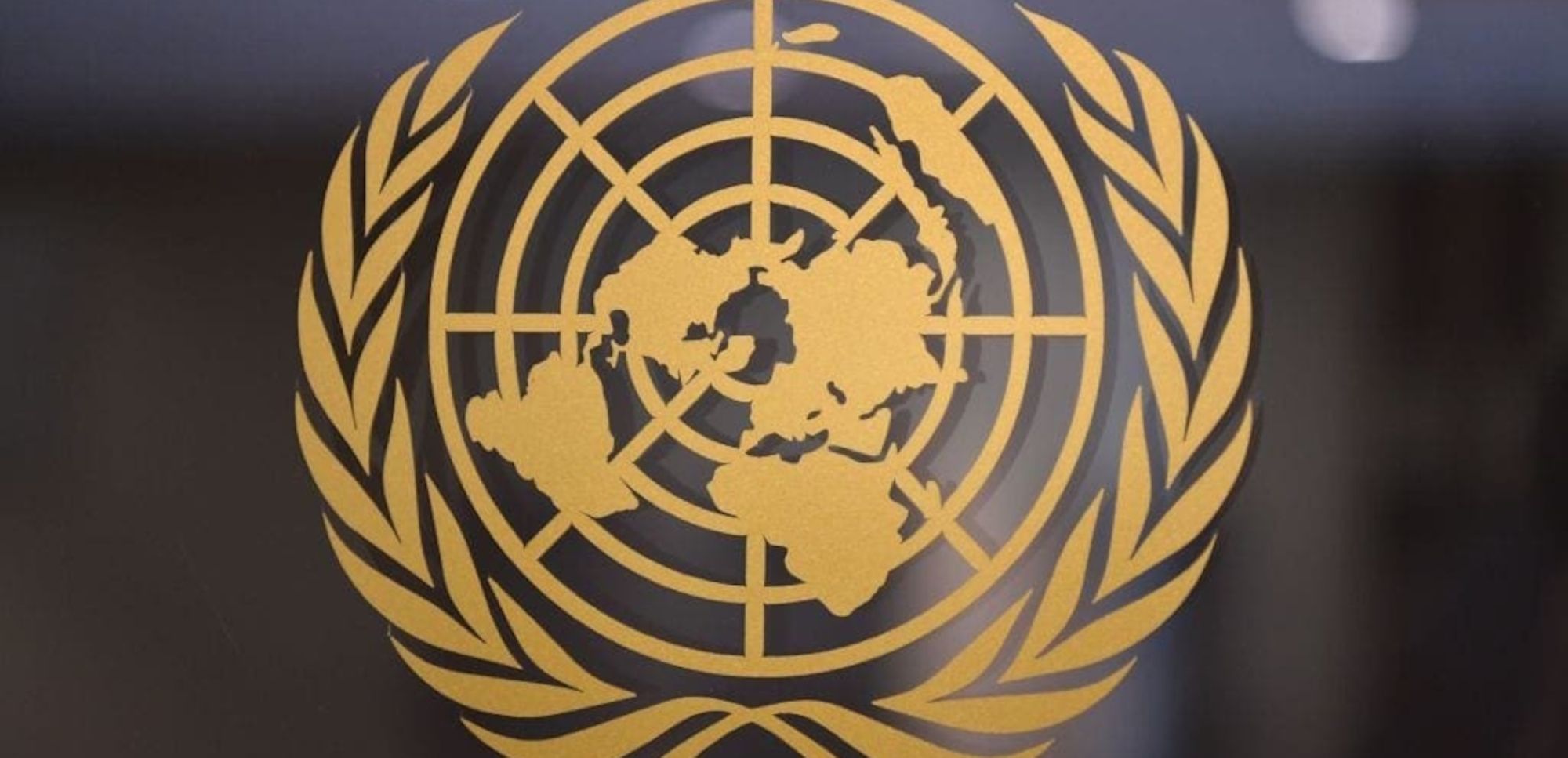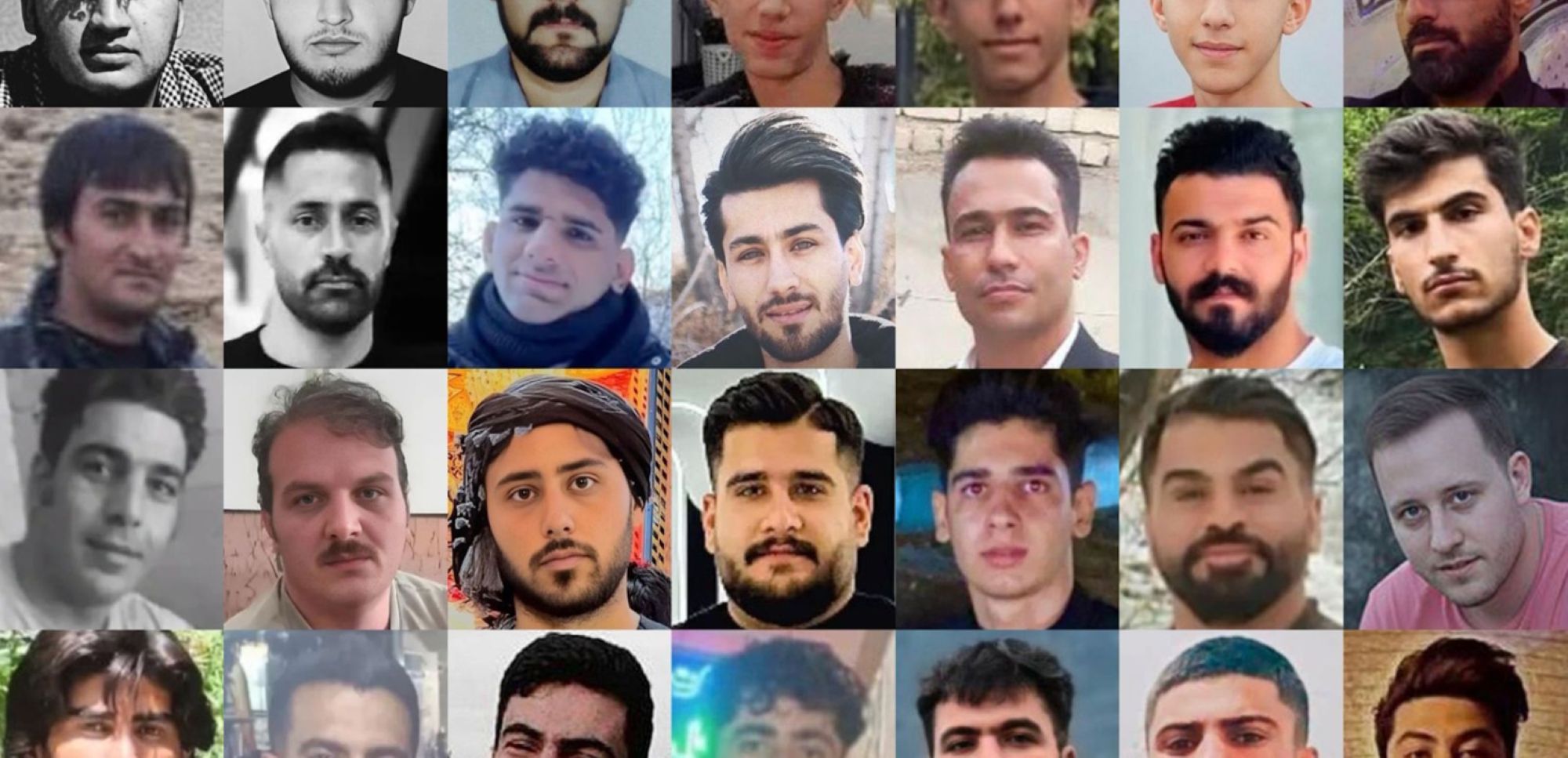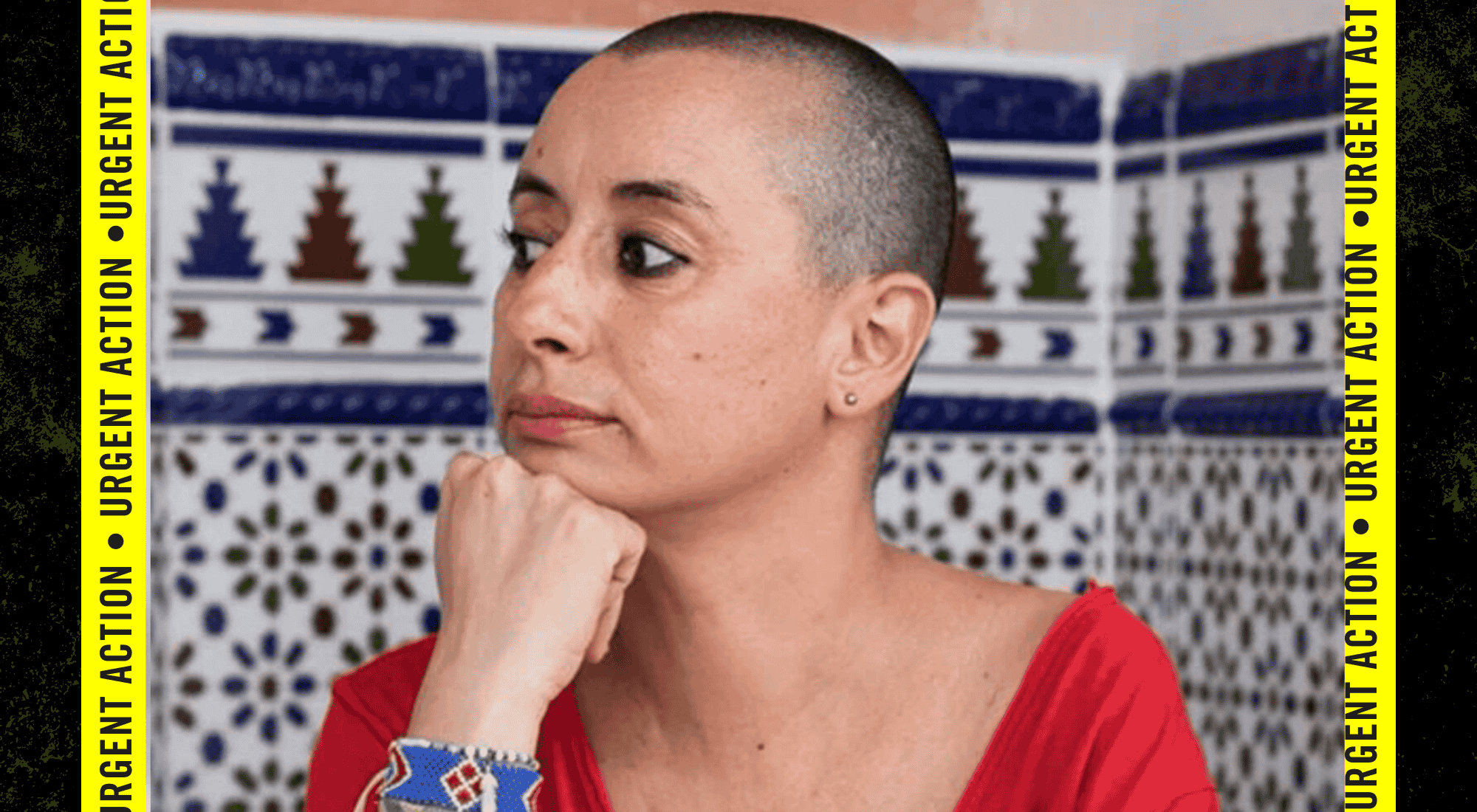“You have to understand that no one puts their children in a boat unless the water is safer than the land,” writes Warsan Shire, a Somali-British poet.
On Friday, March 4, 2016, a Turkish court sentenced two Syrian nationals found guilty in the smuggling of 3 year old Alan Kurdi and his family. The photograph of Alan’s lifeless body on a beach in Turkey became the catalyst for an outpouring of sympathy for Syrian refugees in Canada and beyond. Alan’s father, Abdullah must live with the devastating result of joining his family on a tiny boat in the hope they would all find safety. His wife and two sons, as well as two other people, perished on that journey. Far from abating, the number of refugees attempting dangerous maritime crossings continues to grow.
Refugees are fleeing desperate situations and will do whatever they must to save their lives. Often they have no choice but to turn to smugglers to help them escape.
As Canadians watching the global refugee crisis from the safety of our homes, we see the tragic consequences of foul weather and overcrowded boats on inhospitable seas. In January and February 2016, we have seen news of manufacturers in Turkey providing migrants with fake lifejackets and unseaworthy vessels. We learned the abominable irony that sometimes these substandard products are made using the labour of child migrants from Syria. Shire’s terse insight helps to explain what might seem incomprehensible otherwise.
In recent years, our refugee policy has blamed people who try to reach safety in Canada by using smugglers. The punitive legislation included mandatory detention for refugee claimants who were deemed to have arrived “irregularly” in Canada. Even for those our country ultimately decided to protect, this law imposed a cruel five-year ban on reunification with their family. This policy wrongly suggested that migrants who relied on smugglers should be punished and that these harsh measures would deter future refugees from embarking on illicit journeys.
This policy is wrong: factually, legally and morally. Amnesty International Canada has joined with its francophone counterpart, Amnistie internationale Canada, and with the Canadian Council for Refugees to help bring Canadian policy into line with basic human rights principles.
Fact: “Refugees rarely know anything about the policies in the country they arrive in – sometimes they don’t even know where they are going,” affirms the Canadian Council for Refugees. Therefore it simply doesn’t make sense to attempt to deter refugees using policy in the destination country.
Law: The international law recognizes that sometimes the only way for a refugee to escape is to break national laws – by using a fake passport or by using a smuggler. The treaty that protects refugees says that refugees who arrive unlawfully should not be punished, as long as they present themselves promptly to authorities and give good reasons for their illegal entry. Canada is a party to this treaty. We have a long history of promoting it as the standard for refugee protection. In fact, the year “2016 marks the 30th anniversary of the people of Canada being awarded the UN’s Nansen Award, the equivalent of the Nobel Peace Prize for refugee protection,” says Alex Neve, the Secretary General of Amnesty International Canada.
Moral: Canadians understand the importance of family. Our values are reflected in the Universal Declaration of Human Rights, which says, “The family is the natural and fundamental group unit of society and is entitled to protection by society and the State.” Supporting the speedy reunification of refugee families is simply the right thing to do. And the family members of newcomers make significant positive contributions to Canadian society, both economically and socially. The Longitudinal Survey of Immigrants to Canada (2003) found that immigrants tend to establish themselves more easily if they are supported by families.
On a recent visit to Canada, the United Nations Secretary General, Ban Ki Moon declared he was “very much excited by [the] strong commitment of Prime Minister Trudeau … that Canada is back to the United Nations.” The Secretary General continued, “I highly commend Prime Minister Trudeau’s decision to accommodate 25,000 Syrian refugees. … Millions of people they are fleeing because of repressive governments and because of abuse and violation of human rights and life threatening situations. There is no other way but for them to seek for better opportunities and safer places. …. Those countries who have a capacity to render their support for these defenseless, voiceless and helpless people, we have to show our compassion.”
Amnesty International has laid out a principled plan for Canada to defend human rights for all in its 2016 Human Rights Agenda for Canada, which addresses refugee policy reforms.
“UN human rights experts have pointed to the reforms that are needed. It’s time to get it done,” concludes Neve of Amnesty International.
This article is part of the Refugees Welcome Here! Campaign, a collaboration between the Canadian Council for Refugees, Amnistie internationale Canada and Amnesty International Canada. View and download more campaign resources here.
Take the Refugees Welcome Here! Pledge to express your support for refugee rights.
April 4th is Refugee Rights Day in Canada. June 20th is World Refugee Day. Please join others in your community to advocate for the rights of refugees and celebrate their contributions to Canada.











